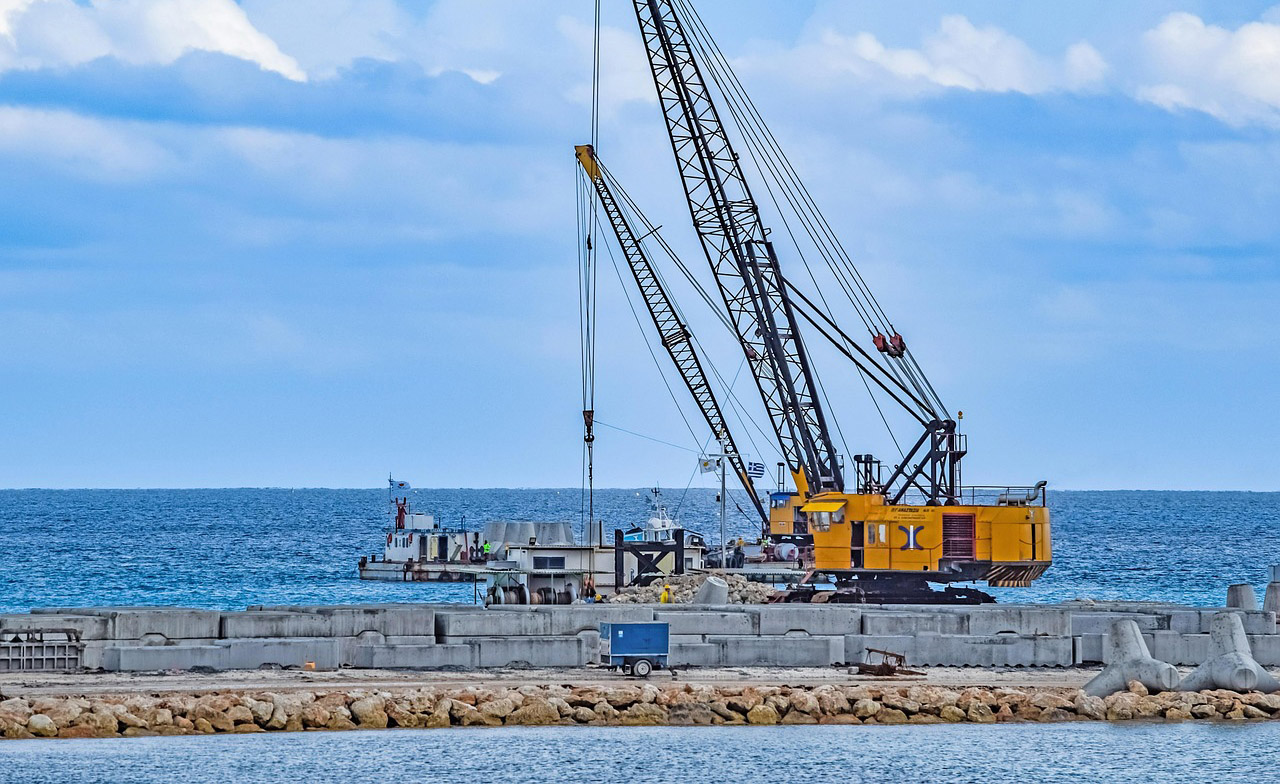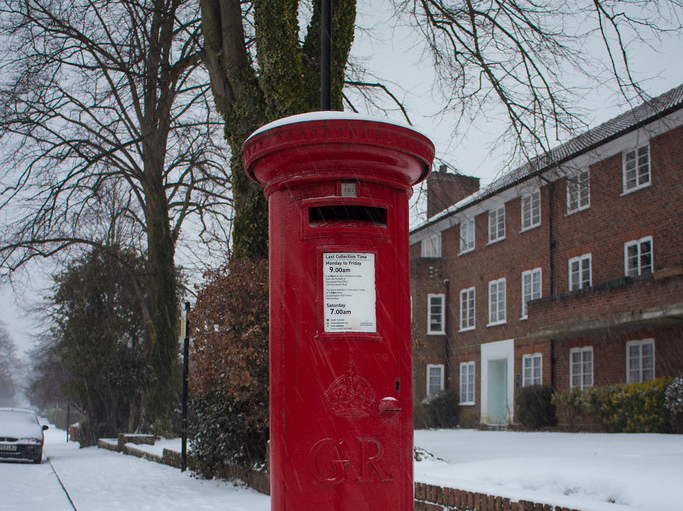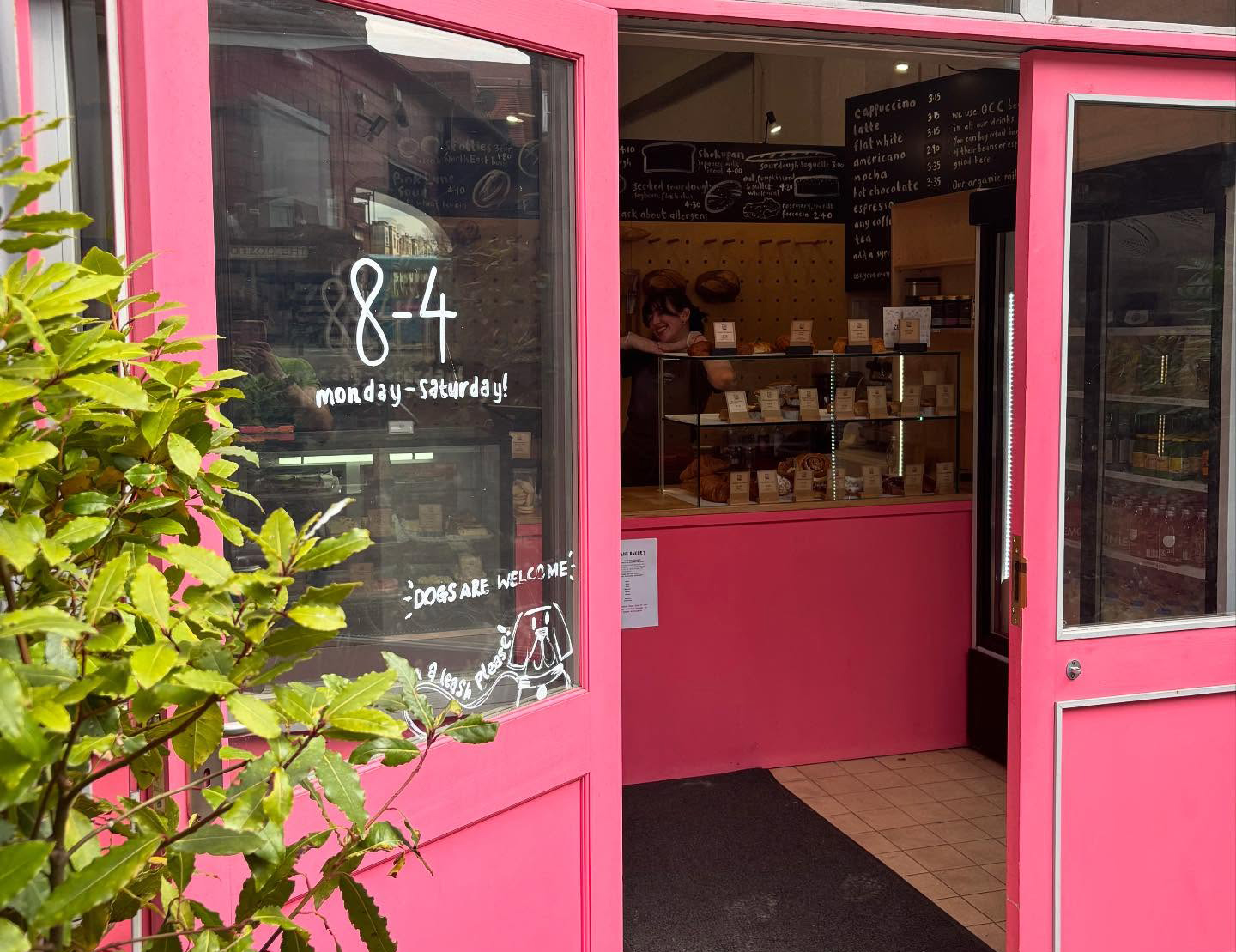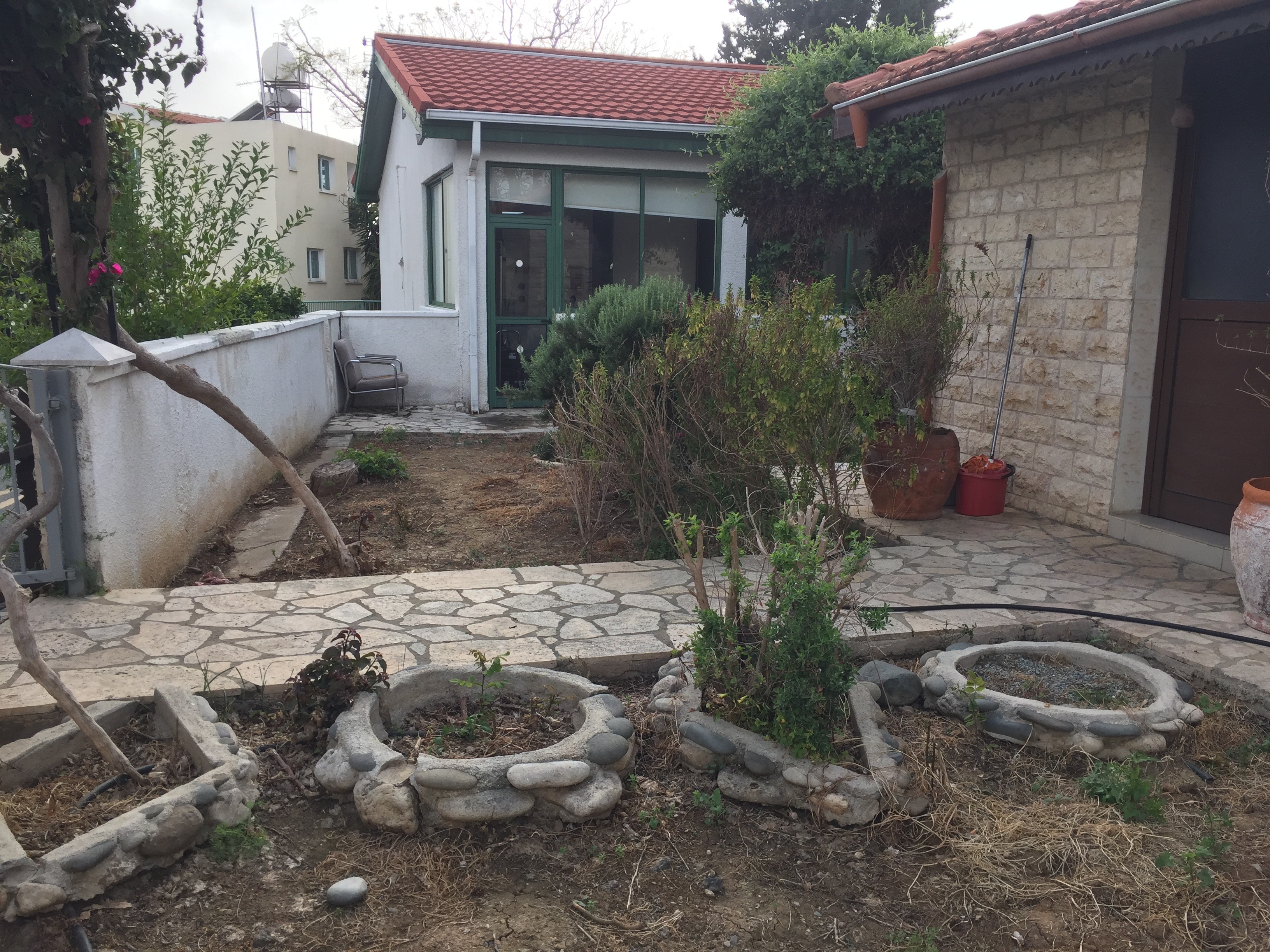The environmental department on Wednesday announced that it has put plans to construct 15 reef breakwaters along the Larnaca coastline on hold, citing concerns about the potential harm to the region’s sensitive natural habitats and marine ecosystem.
“It seems that this construction has some negative effect on the environment,” director of the environmental department Theodolous Mesimeris told the Cyprus Mail.
Divided into three sections, the project was set to span roughly 9km from Cape Kiti to the area near Larnaca airport, starting with two detached breakwaters installed in the area from Cape Kiti to the Faros-Pervolia beach. There, breakwaters had previously triggered a tombolo effect leading to sand gradually forming a narrow strip of land linking the shore to offshore structures.
The second section stretched from the western end of the coastal defences in Pervolia to a residential complex in Yialos village, where 13 more breakwaters were planned to help prevent erosion along this stretch of coastline.
The third area to be protected by the breakwaters covered the stretch from the western boundary of Larnaca Salt Flats to Larnaca airport in the east, where no construction was planned, as the entire area is designated a protected zone.
“We believe that if we want to protect the coastal area, we do have other options,” Mesimeris said, pointing to “nature-based solutions” as an alternative.
Proposing an alternative approach to coastline protection, the Environmental Department suggested the addition of designated areas for local communities to engage in sustainable maritime activities, also called stakeholder-docks, along with more frequent access points to the sea and a redesign of existing breakwaters in the area.

Where the breakwaters were going to be placed
Concerns were raised that the project could undermine conservation efforts in the region and disrupt the coastal ecosystem to such an extent that it might lead to the loss of vital habitats.
The breakwaters would pose a particular threat to the loggerhead sea turtle (caretta caretta) that nests and feeds in the area and is listed as vulnerable in the IUCN red list of endangered species.
Human interventions like breakwaters have introduced new threats to turtles, with the construction of additional hard structures expected to worsen the situation.
Alongside this, increased hunting and entrapment are further exacerbating the problem, contributing to a decline in caretta caretta numbers and a significant drop in nesting in recent years.
Aside from concerns about its potential environmental impact, doubts have been raised regarding the location and height of the breakwaters, further questioning the project’s overall effectiveness.
Various NGOs, including BirdLife Cyprus, Terra Cypria, and the AKTI Project and Research Centre, had in the past highlighted that, in many cases, breakwaters did not protect the coast but would instead worsen the problem by depriving the coastline of its natural ability to defend against erosion. Other experts have warned that the breakwaters may even be inadequate to withstand extreme weather events and potential sea level rises.
Breakwaters are coastal structures, typically consisting of mounds of rock and rubble, built parallel to or near the shoreline. They work by reducing wave energy, creating a calmer beach area and providing shelter for vessels from waves and currents.







Click here to change your cookie preferences